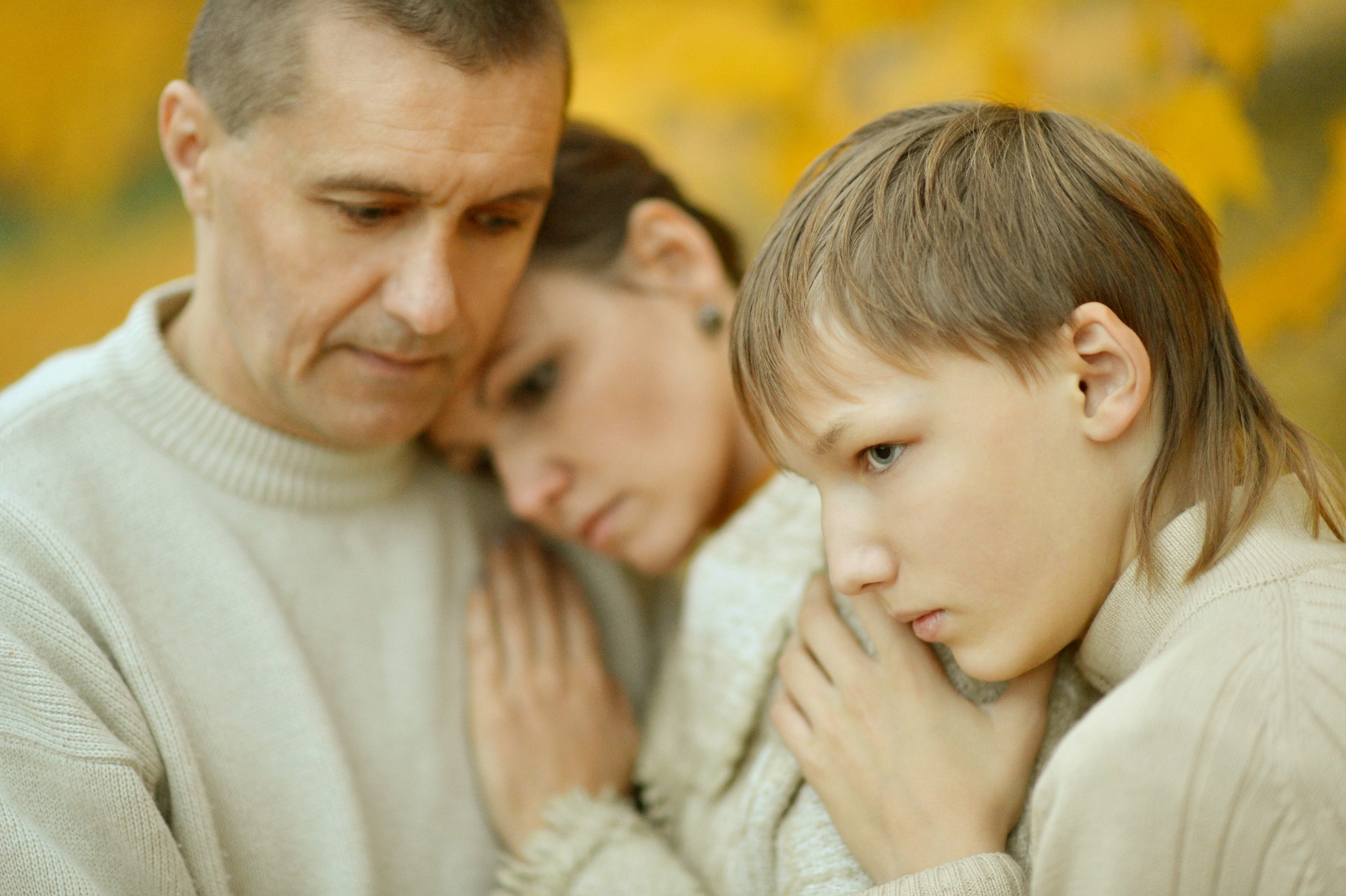Does everybody really need to have their own gun? Do they need to have multiple firearms of all shapes and sizes? Guns are for killing. Just how many people does the average American need to kill?
I can understand people who use guns for outdoor sports like target shooting or hunting. I confess that we keep an old .22 rifle at our house because we live in the Arizona desert and occasionally have to shoot rattlesnakes if they are too close to the house and pose a danger to our family and pets. So there are reasons for owning a gun that don’t involve violence. As long as users are trained in firearm safety, and the weapons are stored securely, they serve a purpose.
But I cannot imagine shooting another human being. Can you? Sure, people think that having a gun or a dozen of them around the house will protect them from intruders. But that is simply not true.
"The use of guns in self-defense by private citizens is extremely rare. VPC research has found a gun is far more likely to be used in a homicide or suicide than in a justifiable homicide. More guns are stolen each year than are used in self-defense.
The gun lobby seeks to expand the carrying of concealed, loaded handguns into an ever-increasing number of public spaces. The main argument used to advance these policies is that guns are a common and effective tool for self-defense. This argument is false." Violence Policy Center
According to the FBI, in 2019, there were only 316 justifiable homicides involving a private citizen using a firearm. Intended victims of violent or property crimes engaged in self-protective behavior involving a firearm in 2% of attempted and completed incidents between 2014 and 2018.
That means 98% of over 330 million Americans have not used guns to protect themselves in recent years. However, because guns are so readily accessible, guns are used for suicide far too often.
"Gun violence is a public health epidemic. In 2021, nearly 49,000 Americans died in suicides, homicides, and unintentional shootings, with many more wounded. America's gun death rate is unacceptably high and far above other Western industrialized nations." Violence Policy Center
If having easy access to guns results in higher rates of suicide, then it seems logical that we should find ways to limit access to guns.
CNN reports that suicide deaths reached a record high in 2022. Looking at the data comparing states with strong gun safety laws to those that lack effective policies, it is clear that one thing Americans can do to reduce suicide is to enact laws that work:
· Require background checks
· Enforce red flag Laws
· Remove access to firearms
"Guns are the most lethal means of suicide — about 90% of attempts result in death, compared with about 4% for other means. And experts say that limiting access to them is one of the most important ways to help save lives."
"About 72,000 fewer lives would have been lost in the two decades since 1999 to gun suicide if all states had trends in line with the eight states with the strongest gun safety laws." Everytown for Gun Safety
To find out how your state ranks in gun safety, take a look at this current research:
"Gun Law Rankings" for 2023 ranks every state based on the strength of their gun laws and shows a correlation between gun deaths and gun laws.
If you are an advocate for suicide prevention, take a look at the laws in your state. My state of Arizona is ranked as a failure because we have nearly triple the rate of gun deaths as the eight national gun safety leaders. That is unacceptable.
I hope you will do your part to increase awareness by contacting your legislators, writing letters to your local newspaper, or just talking to your friends and neighbors about the data. Together, we can be lifesavers!
 A
Culture of Caring: A Suicide Prevention Guide for Schools (K-12) was
created as a resource for educators who want to know how to get started and
what steps to take to create a suicide prevention plan that will work for their
schools and districts. It is written from my perspective as a school principal
and survivor of suicide loss, not an expert in psychology or counseling. I hope
that any teacher, school counselor, psychologist, principal, or district
administrator can pick up this book, flip to a chapter, and easily find helpful
answers to the questions they are likely to have about what schools can do to
prevent suicide.
A
Culture of Caring: A Suicide Prevention Guide for Schools (K-12) was
created as a resource for educators who want to know how to get started and
what steps to take to create a suicide prevention plan that will work for their
schools and districts. It is written from my perspective as a school principal
and survivor of suicide loss, not an expert in psychology or counseling. I hope
that any teacher, school counselor, psychologist, principal, or district
administrator can pick up this book, flip to a chapter, and easily find helpful
answers to the questions they are likely to have about what schools can do to
prevent suicide.


